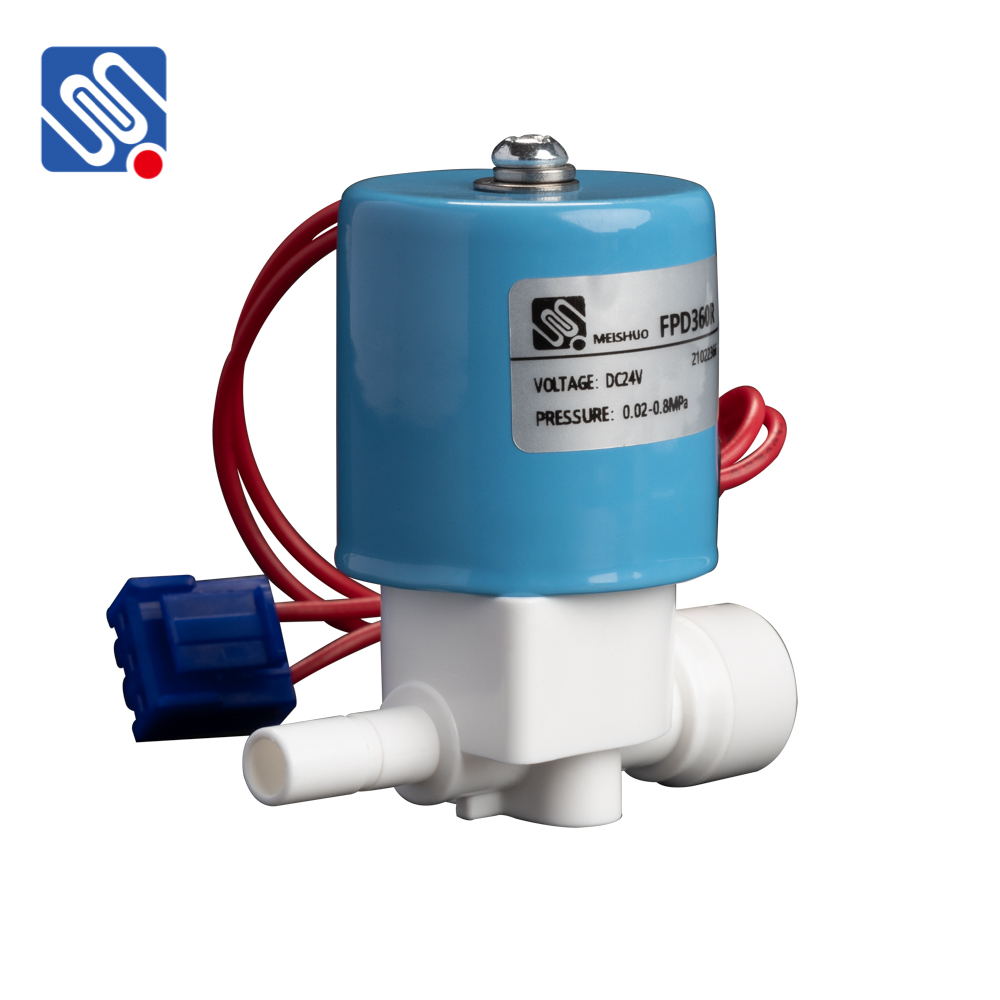understanding the importance of watering system solenoid valve in modern irrigation systems
Release time:2025-10-20 21:32:35
In the ever-evolving world of agriculture and landscaping, automation has become a crucial aspect of enhancing productivity and conserving resources. One of the key components driving the efficiency of modern irrigation systems is the Watering System Solenoid Valve. This small yet powerful device plays a critical role in ensuring that water is distributed efficiently, effectively, and accurately across gardens, farms, and landscapes. Understanding its function, benefits, and applications can help homeowners, gardeners, and agricultural professionals make informed decisions when selecting irrigation components.

What is a Watering System Solenoid Valve?
A Watering System Solenoid Valve is an electrically controlled valve used in irrigation systems to regulate the flow of water. The valve consists of a solenoid (an electromagnet), a plunger, and a valve body. When the solenoid is energized, it creates a magnetic field that pulls the plunger, opening or closing the valve to allow or restrict the flow of water. This mechanism can be controlled remotely via a timer or a smart irrigation system, offering convenience and precision in water management.
The solenoid valve is typically installed at key points in an irrigation system, such as at the start of a line, or at junctions where multiple lines split. These valves are activated based on preset schedules or sensor data, ensuring that the plants receive the right amount of water at the appropriate time.

